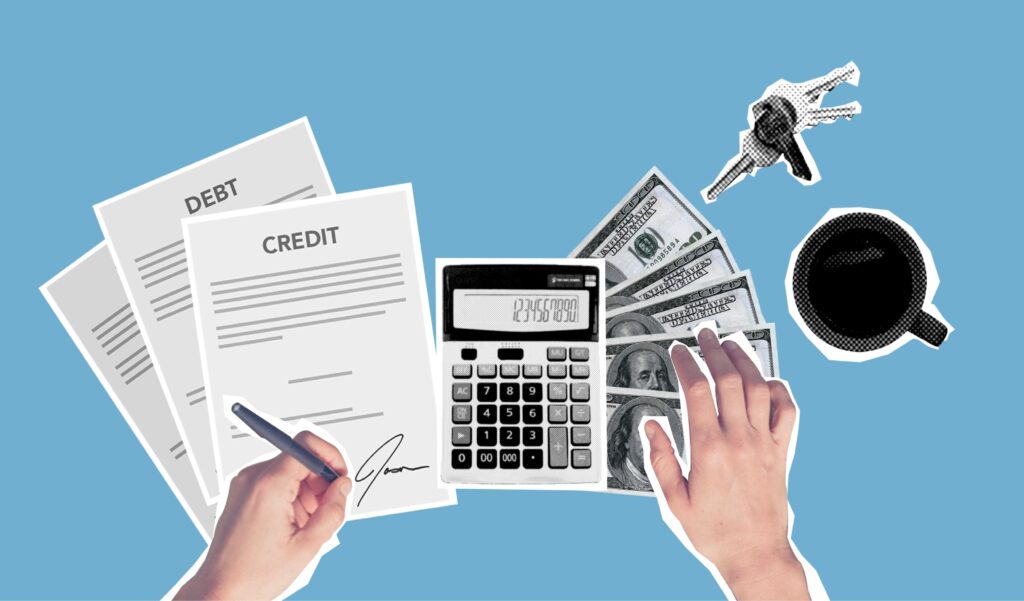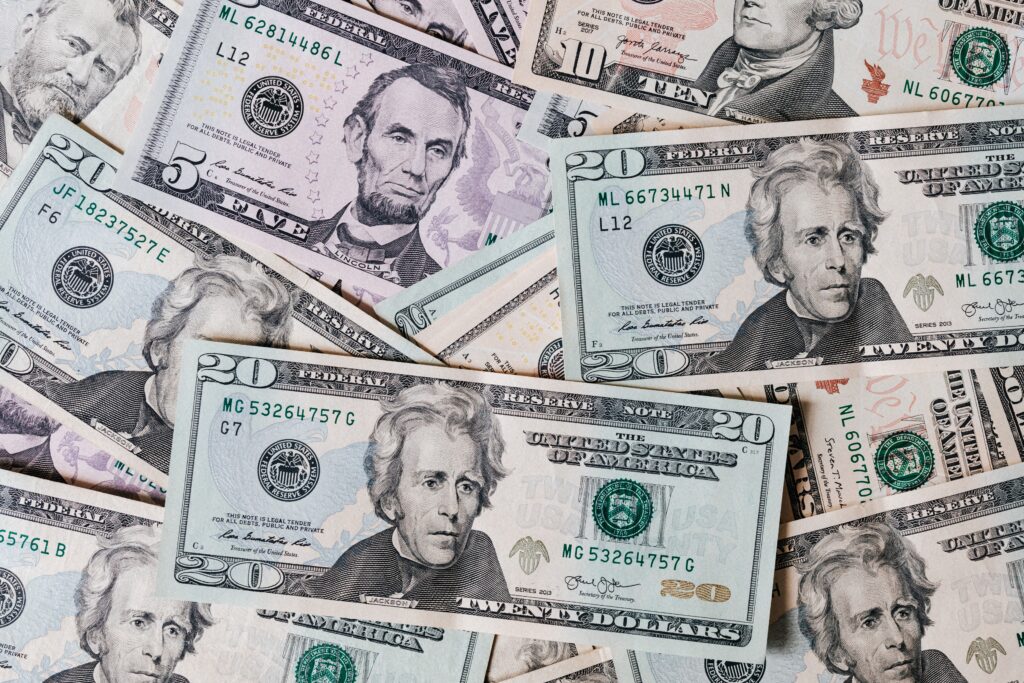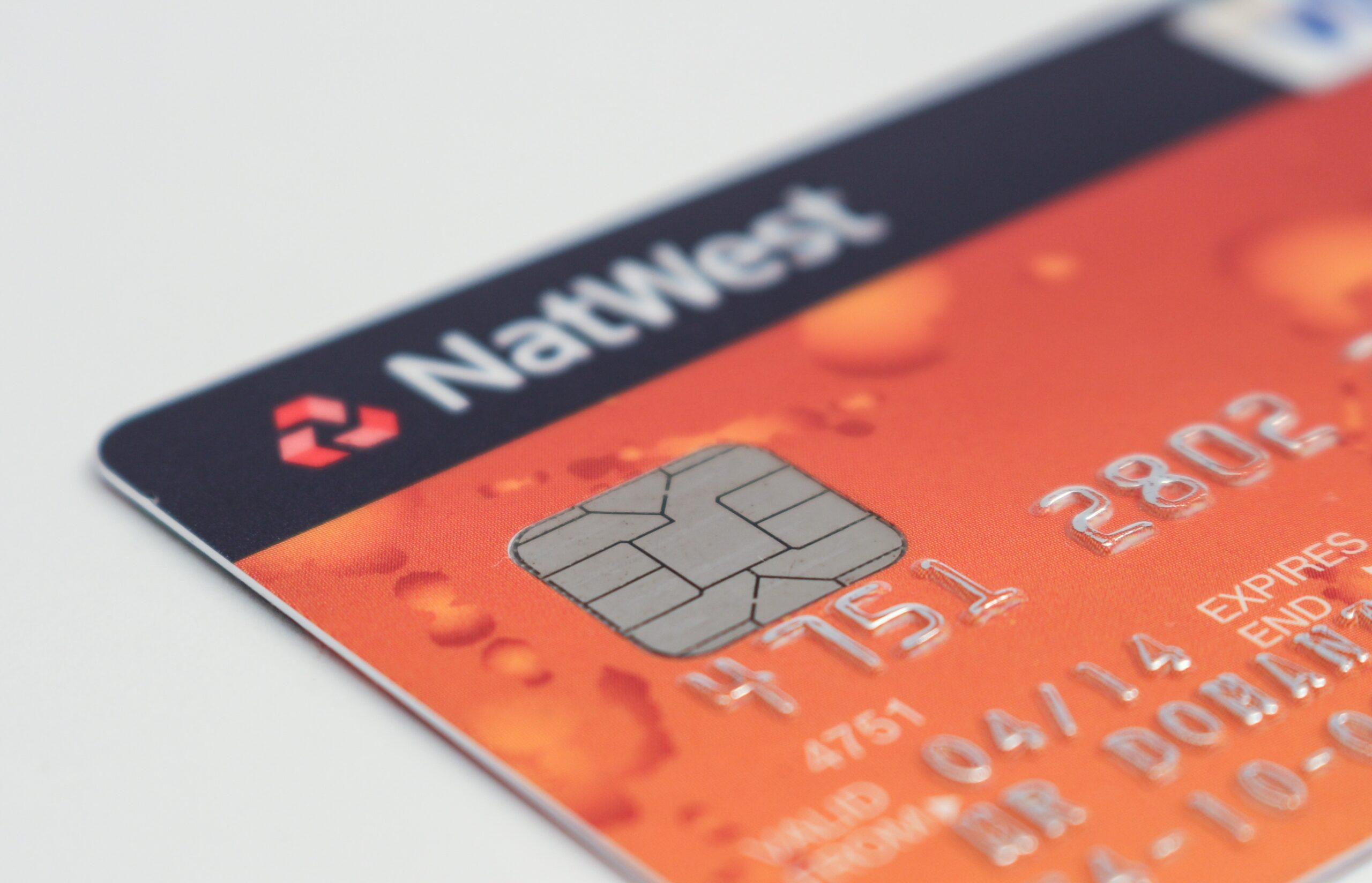When it comes to making payments, not all plastic cards act the same. While one may be relieving you of your bills, another might be putting you into debt. Credit cards fall into the second category; they can put you in a cycle of debt if you’re not careful enough.
So, as a beginner, a good knowledge of what a credit card is and how it works is important to help you maximize your money and stay out of debt. And that’s exactly what this article does, to give you a guide to credit cards.
What Is A Credit Card?
A credit card is a payment card that financial institutions issue to users to borrow money from their given line of credit. In a nutshell, a credit card allows you to borrow funds to pay for goods and services and then pay your bank later.
How Does a Credit Card Work?
The idea behind a credit card is simple. Your financial institution gives you a certain maximum amount you can spend from your credit card in a given time. This amount is known as the credit limit.
So, when you make a payment with your credit card, the available credit reduces by the amount you spent. For instance, if you have a credit limit of $200 and you pay $45 for your grocery shopping with your credit card, it means the available credit you can borrow remains $155.
To recover your credit limit, you’ll have to pay all or part of the balance you accumulated with the credit card over a billing cycle, usually a month. The least portion of your due balance that you have to pay is called the minimum payment.
Credit cards also attract interest on your unpaid balance at the end of the billing cycle. So, to avoid extra fees and also boost your credit score, it is ideal to pay all of your balance after each month.

Types of Credit Cards
Credit cards are of two major types; secured and unsecured credit cards. To obtain a secured credit card, you need to pay a security deposit upfront. The security deposit is usually the same amount as your credit limit so it can effectively serve as collateral in case you miss your payments. Secured credit cards are best for you if you have poor credit.
For unsecured credit cards, you don’t need to pay any upfront security deposit. To compensate for this risk, most financial institutions consider only people with a good credit score to ascertain their creditworthiness.

Differences Between A Credit And Debit Card
While credit and debit cards look almost identical with 16-digit numbers, expiration dates, and EMV chips, they serve the same purposes in different ways. Both offer you a convenient way to make payments without cash or checks, but this is where the similarities end.
To mention but a few are the differences between credit and debit cards:
- With a debit card, you’re spending your funds. With a credit card, you’re borrowing and will eventually have to pay back, perhaps with charges.
- Credit cards tend to offer better protection against fraud than debit cards which are linked to your bank account.
Bottom Line
Credit cards provide a convenient way to process transactions on the fly even when you don’t have cash. However, you need to ensure you manage your credit card properly to avoid falling into debt.

